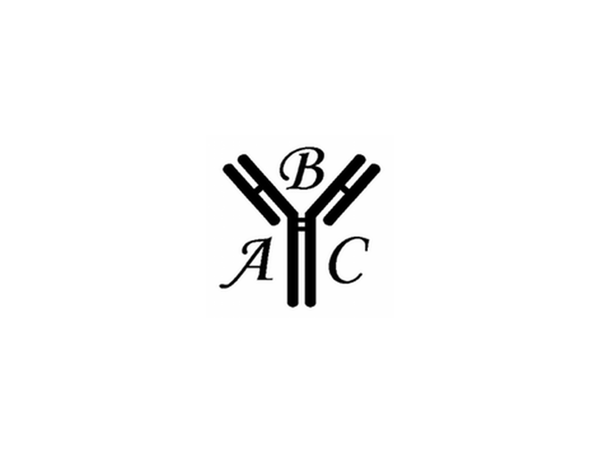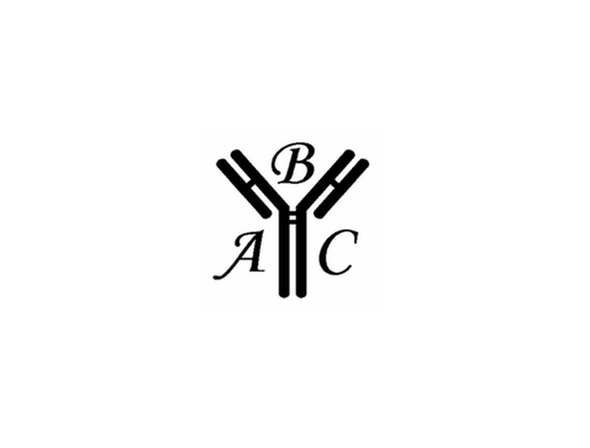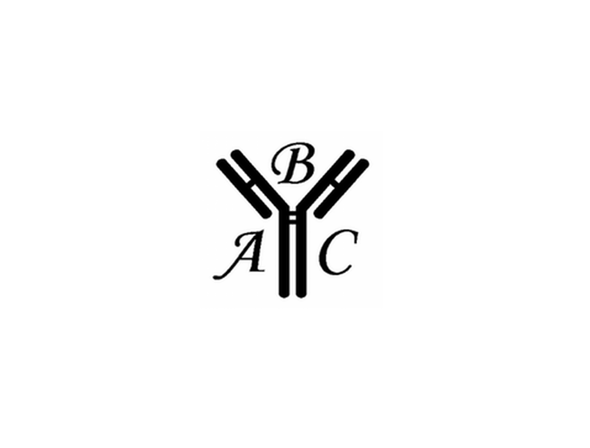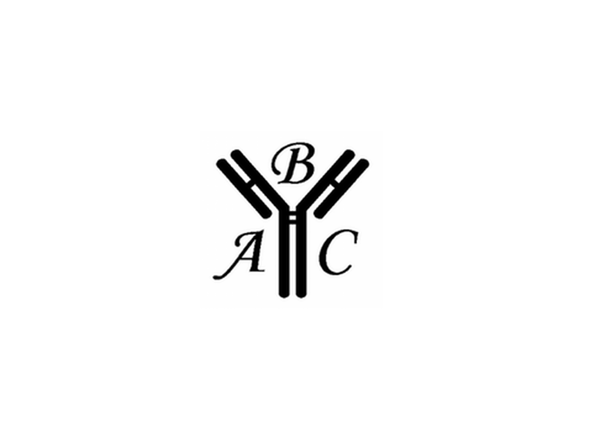HRP-conjugated Goat Anti-Human Albumin | ABMC-H01
- SKU:
- ABMC-H01
- Availability:
- Usually shipped in 5 working days
Description
HRP-conjugated Goat Anti-Human Albumin | ABMC-H01
| Host Species: | Goat |
| Concentration: | 1 mg/ml (OD 1.35 / 280 nm) |
| Antigen: | Human albumin |
| Purification: | Affinity purified |
| Buffer: | 50 mM PBS, 0.1 M NaCl, and 0.01% Thiomersal, pH 7.4. |
| Specificity | Specifically binds to human albumin. Dilution for immunoblot & ELISA range: 1,000 to 8,000. Centrifuge before use. |
| Use: | The antibody can be used for detection of human albumin in plasma and lipoproteins, immunoassays, immunoblots, enzyme conjugation, or biotinylation. |
| Storage: | -20°C for long-term storage, 4°C for short- term storage. Aliquot to avoid repeated freezing and thawing. |
| Form: | Freeze dried powder |
| Stabilizer: | 10 mg / ml Bovine Serum Albumin. |
|
Reconstitution and Storage: |
Freeze-dried product should be stored refrigerated until opened. After opening, restore to suggested ml volume with distilled water. If it is not completely clear after standing for 1-2 hours at room temperature, centrifuge the product. It is stable for several weeks at 4°C as an undiluted liquid. Do not use for more than one day after dilution. For extended storage after reconstitution, we suggest aliquot to avoid repeated freezing and thawing; or the addition of an equal volume of glycerol to make a final glycerol concentration of 50%, followed by storage at -20°C. The concentration of protein and buffer salts will decrease to one-half of the original after the addition of glycerol. |
*These products are for research or manufacturing use only, not for use in human therapeutic or diagnostic applications.
IMPORTANCE
Human albumin constitutes around 55% of the protein present in the plasma of normal healthy individuals. It is a single polypeptide chain of 585 amino acids with a molecular weight of 66 kDa.
The functions of human serum albumin include maintaining oncotic pressure; binding substances or drugs; regulating endogenous substances, metabolism; plasma buffer; antioxidant function; maintaining microvascular integrity; anticoagulant effects; inflammatory/anti-inflammatory effects; cell-signaling process. (Nicholson et al., 2000; Evans, 2002) Albumin also has functions that may play a critical role and have a great impact on different types of diseases, including hypo-albumin aemia and peripheral oedema. (Caironi et al. 2009)






